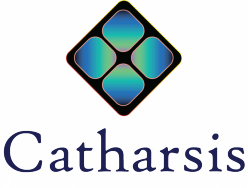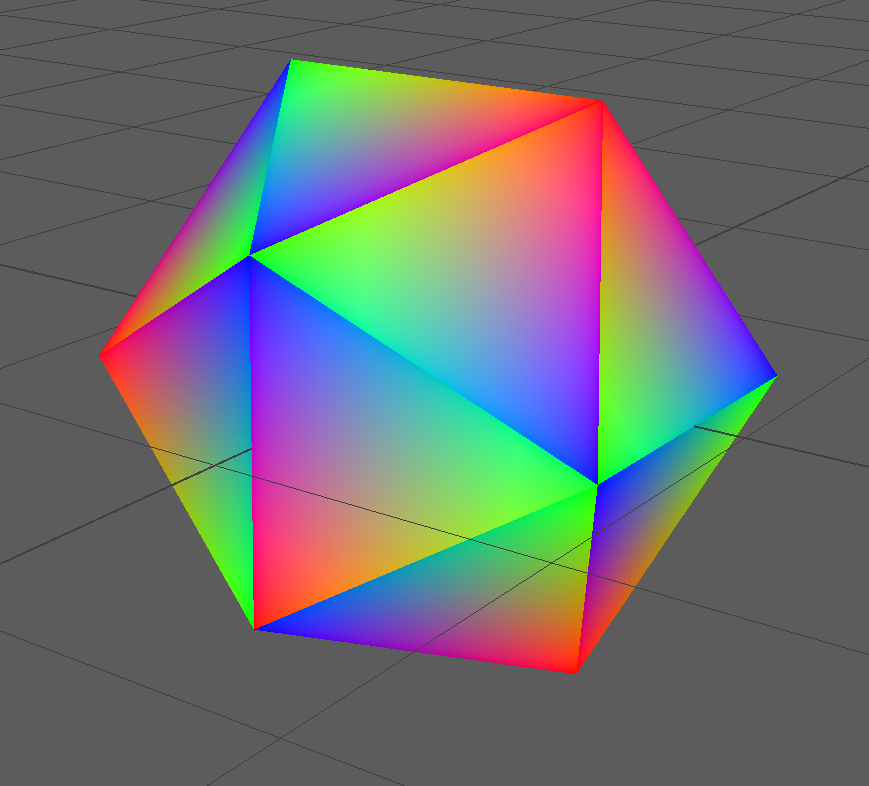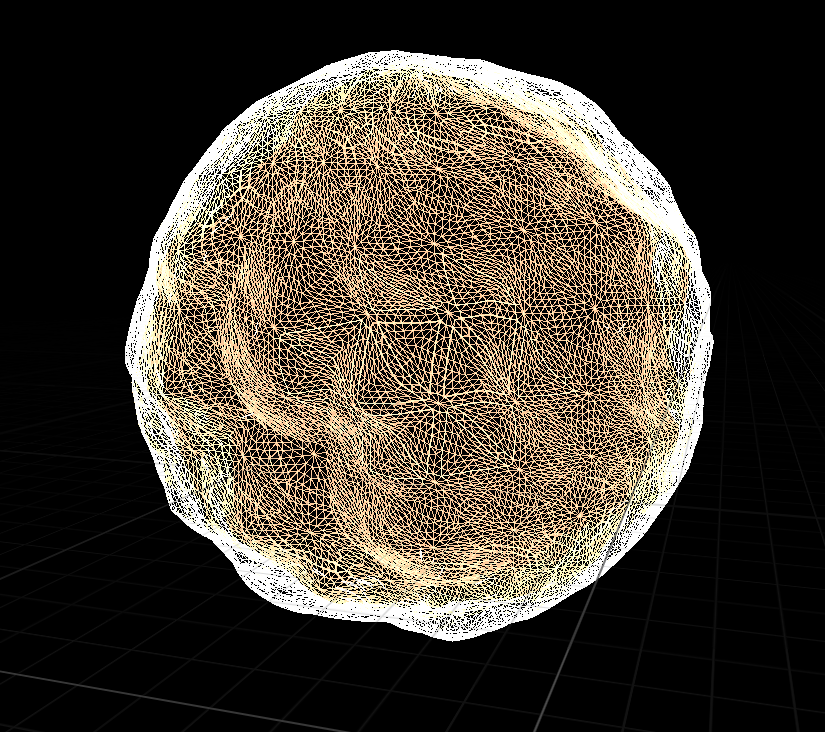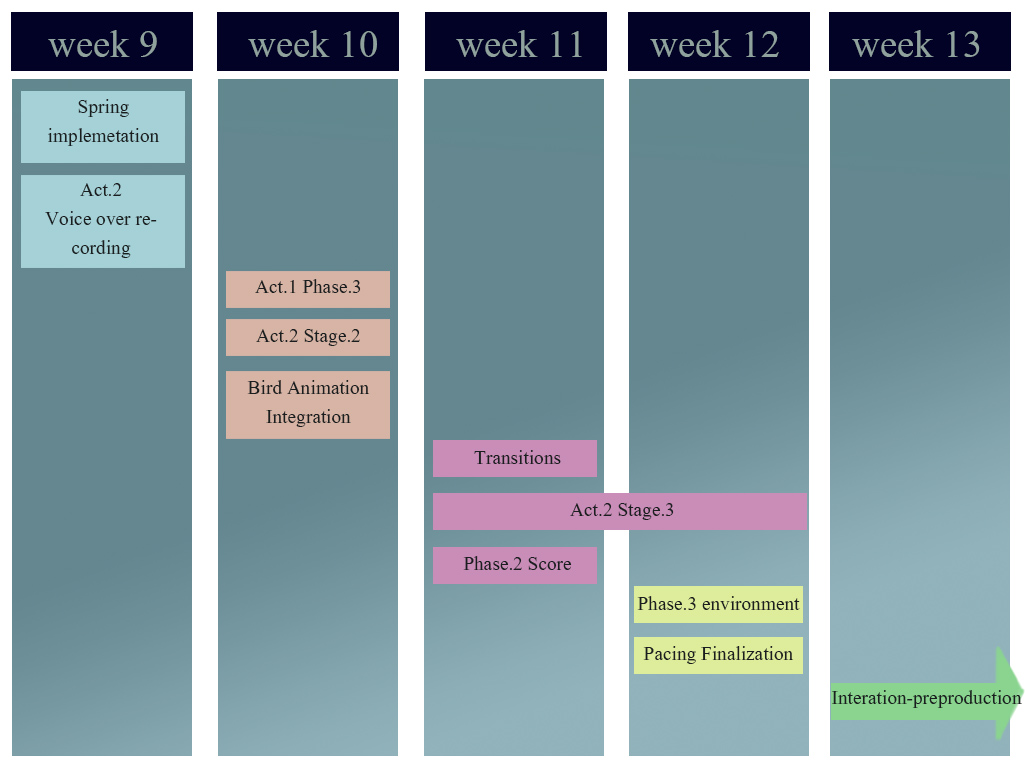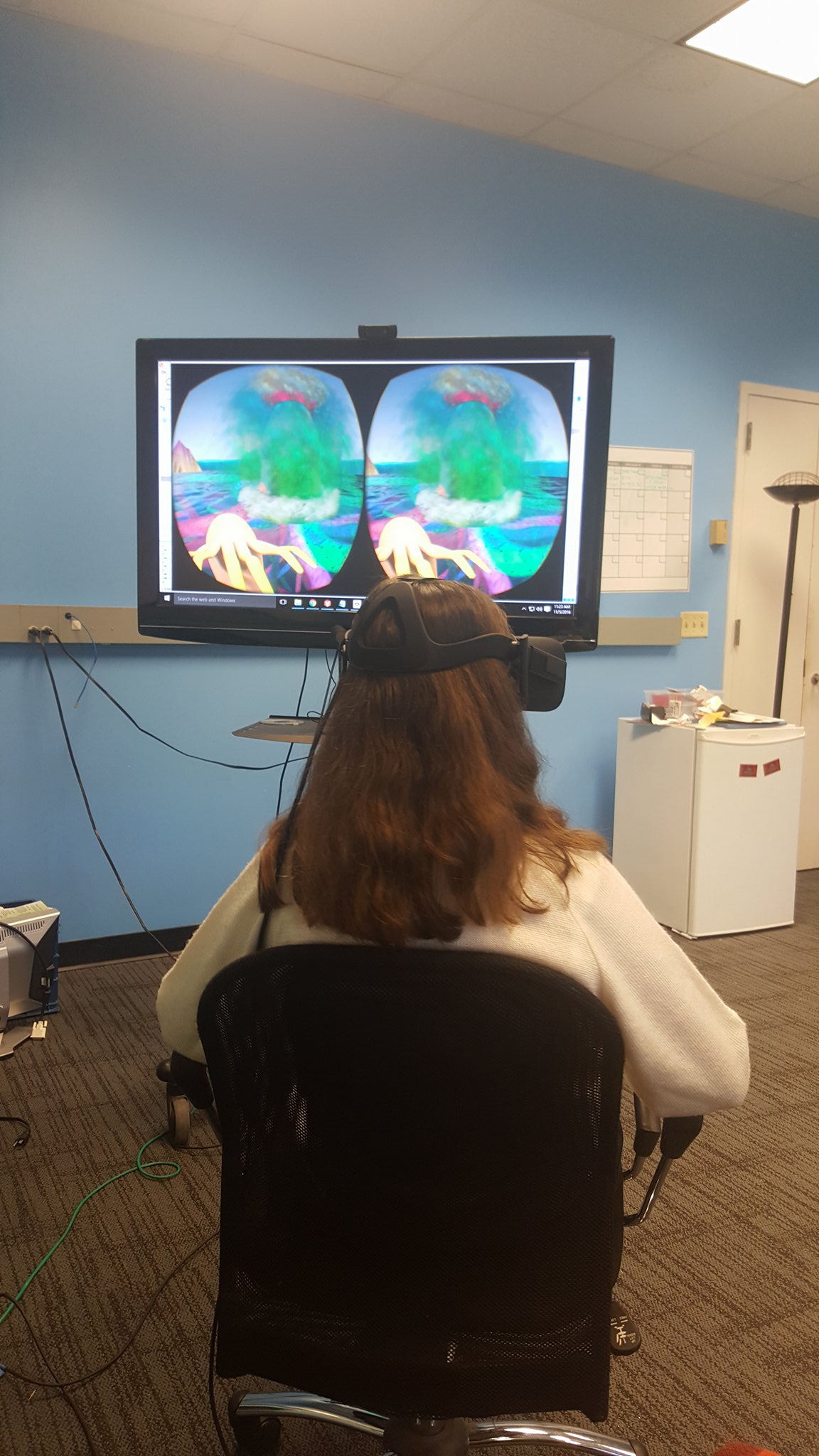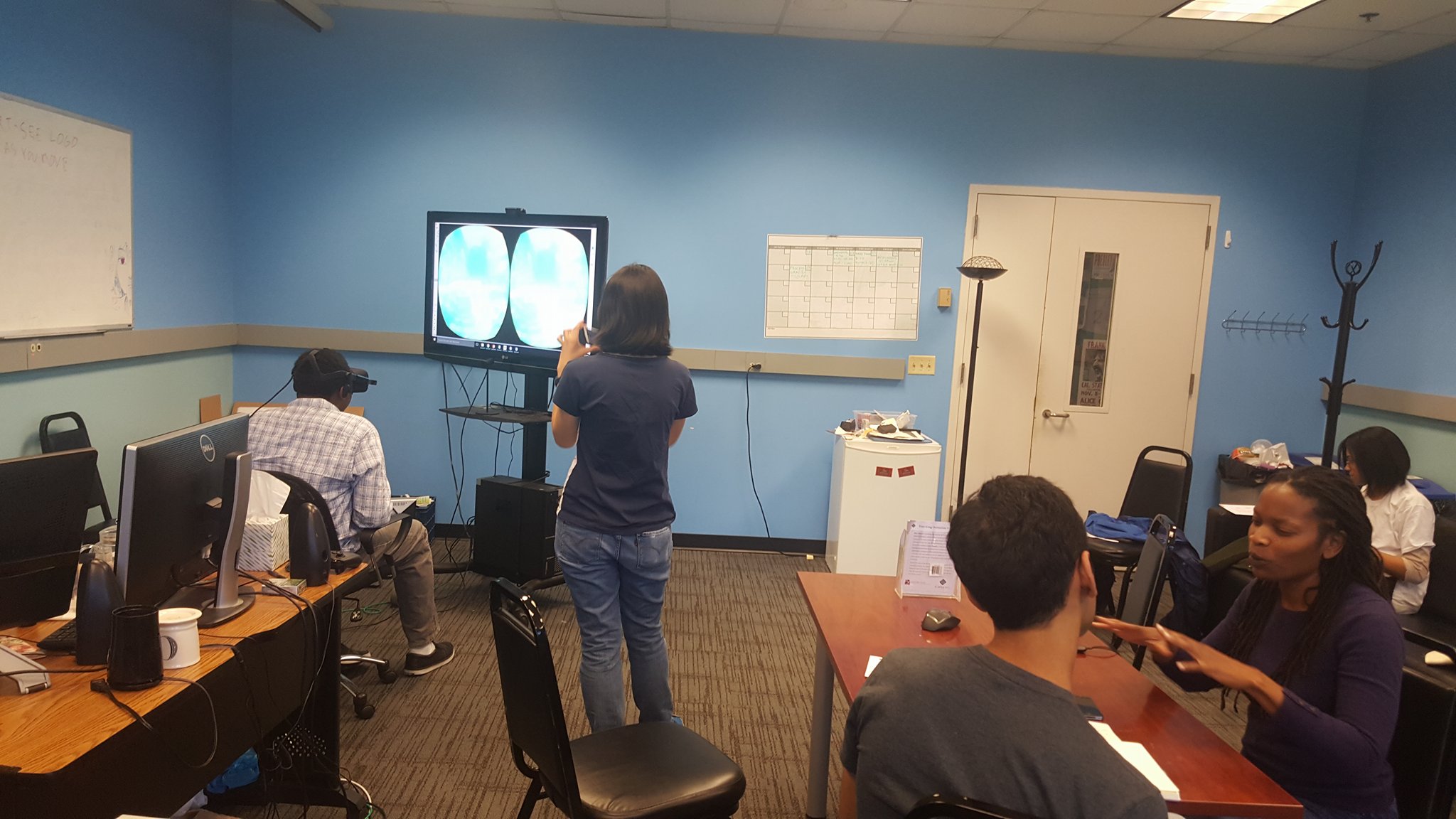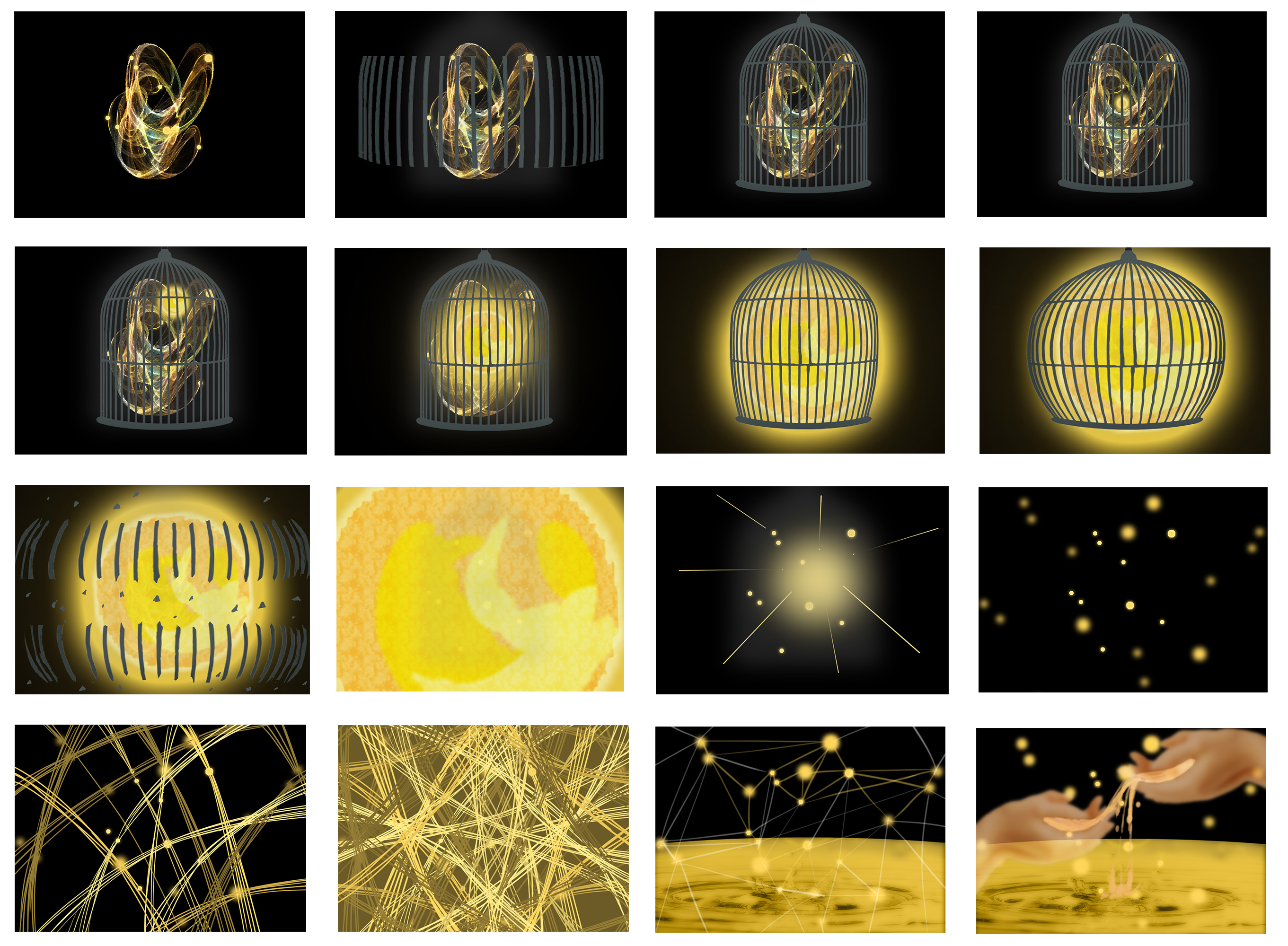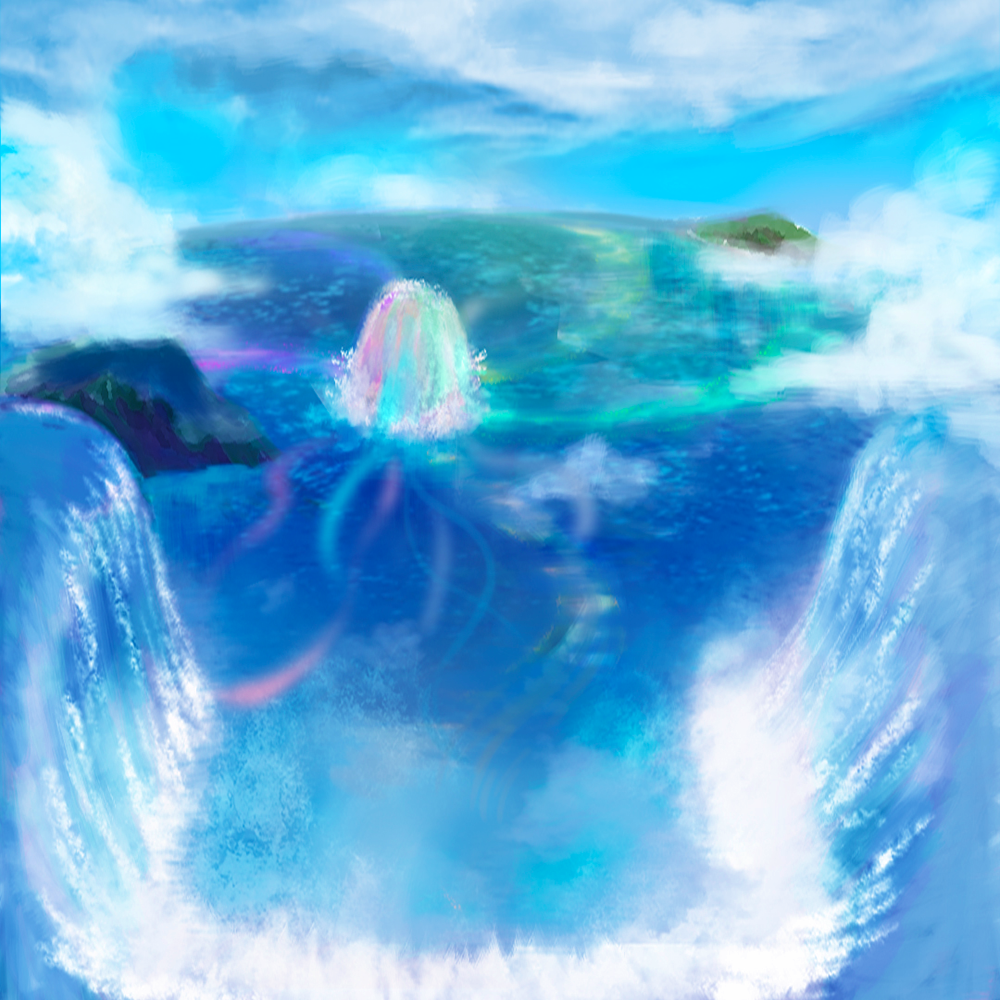The week began with a final influx of feedback from the faculty. Overall a couple of frame rate issues were identified and a couple of jerky bird movement issues were pointed out. Apart from these changes most of the team was now transitioning to the our preproduction concept which now had a title – The Melody of Life. Below is a log line for the experience that we want the next team to stay true to.
“A toy based sequence delivering a message of cultural unity and harmony through cultural music and dance depicting the celebration of life.”
Interactions – The experience will be a room scale VR experience without interactions. VR interactions are major design challenges and solving them is not the focus of the animation studio.
Setting – The experience will be set in a child’s room. There will be three distinct areas in the room that look slightly out of place, but have distinctly cultural connotations. This is intended as a metaphor for each culture existing in it’s own part of the world.
Experience Stages
The viewer makes her way to a cultural zone in the room. As she walks towards them, a visual cue such as a glow on the area coupled with hints of cultural music draws her in.
When the viewer reaches the zone, the dolls placed will rise up in the air and dance around the player to a distinctly cultural tune representing a celebration of life. This will repeat on three occasions as the player approaches each designated area drawing her into each culture piecemeal.
Once all three dances have been triggered, a circular stage appears in the centre of the room drawing the player in. Once the player reaches the stage each of the cultural dolls come in to the center and begin dancing in unison.
At first the music will remain distinct with each tune of cultural music represented separately. The player will trigger the music based on which doll he is gazing at.
However, over time the music will start to blend into a single tune. As the music changes the dolls will begin to imbibe elements of the other culture’s dance into their own, until finally they are all dancing to the same tune and the same melody.
Preproduction Package Deliverable
Concept art for room and cultural areas, Storyboard, Research into cultures
Resource list for choreography of cultural dances
Motion Capture Usage guide
Spatial soundscape exploration of blending different styles of audio
